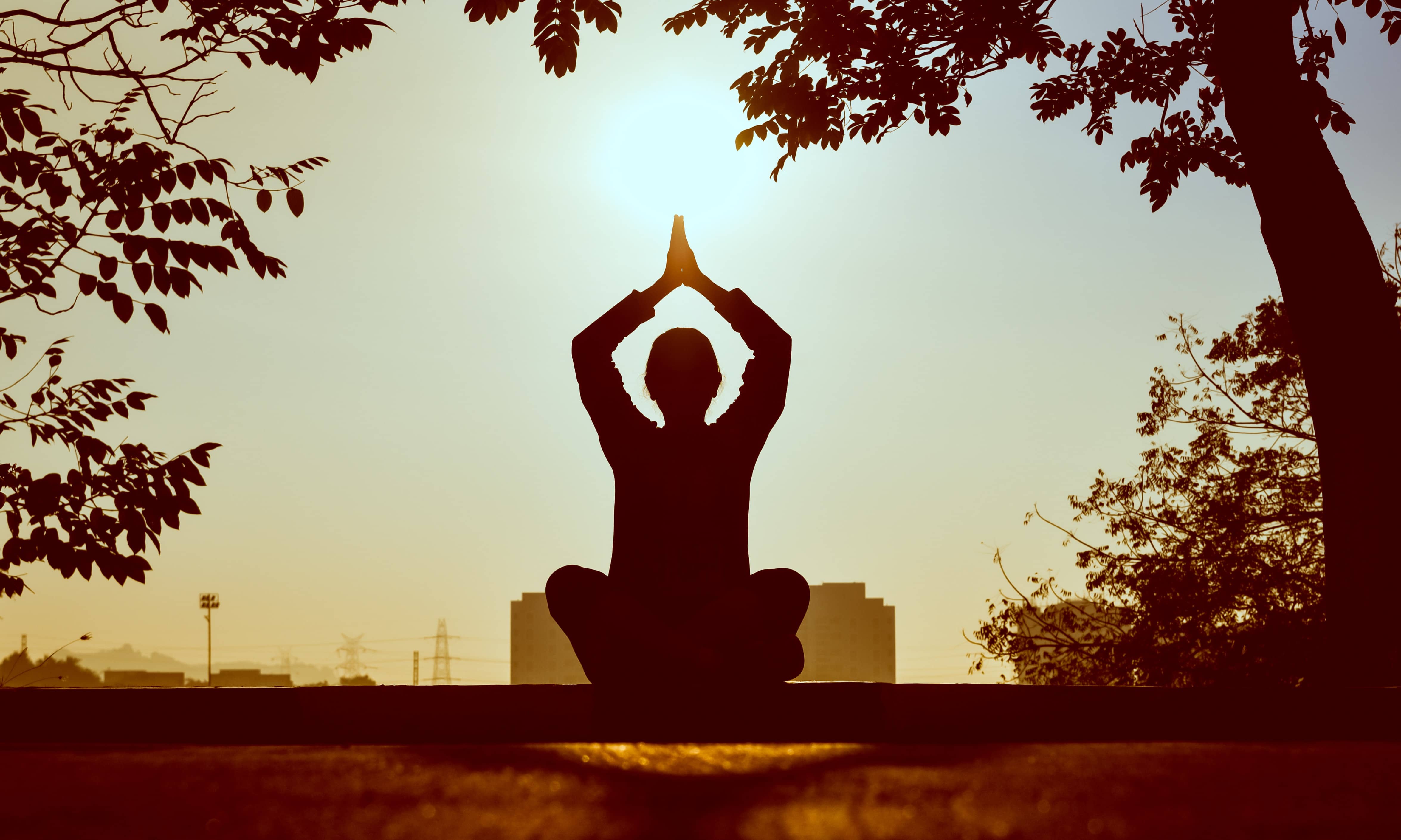
One day when I was first learning meditation, I stood on the rear porch of my father’s home overlooking Oregon’s looping McKenzie River and watched as the sun faded over the mountains to the west. While I was growing up in Los Angeles, the city felt like a vast, hardened prison from which no escape seemed possible. Back then, my only moments of release came while gazing across the Pacific Ocean, where humans and their works ended, and nature and hers began — toward the freedom of the open horizon.
Likewise, here was the grand McKenzie River, carving its course with no mind for people, time, or obstacles of any type. Set a mountain in front of this river, and it would chew the mountain into a valley. I appreciate that spirit! At the time, I did not realize what enchanted my eye so, but now I know what it was. It was not the beauty of the land, the sweep of the river, or the sunset. It was the freedom of the moment that hooked me. For just one instant, I lost myself to life’s flow and experienced a peace unlike any I had felt before.
You have probably had moments like this too, when you have “lost yourself” and perhaps even felt touched by some mysterious, magnetic force that seemed to connect with your own life from somewhere deep within. For most people, these moments are like glimpses through a window that is ordinarily hidden but that serves to remind us that there is far more to life than what we can see, touch, or hear. They are mystical moments that, in a flash, infuse life with meaning and a renewed sense of purpose.
The practice of meditation is the practice of actively making yourself open to this experience and the far more compelling states that can follow, for this common, passing experience is only the tip of the iceberg when it comes to inner space. Practiced actively, meditation can lead to states of sublime peace and profound joy that are so powerful, they defy description. Hindus, who have been meditating for thousands of years, refer to these ecstatic meditative states as samadhi. During meditation, you switch your focus from the external world — with its complexity, constant stress, and sense of separation — toward the internal world, which is the opposite in every respect. Through this shift you may discover that just beyond our ordinary human awareness, life is a vast, interconnected network that exists in a state of peaceful union. Essentially, through meditation you learn that you are not a physical being living a temporary life of separation from the rest of the world, but a spirit living an eternal life of union with every living creature in the universe. You are a part of them, and they are a part of you.
This realization is impossible to describe because there is no parallel experience in the world to compare it to, making it doubly difficult to understand intellectually. Deep meditation has been likened to orgasm, but I think this analogy is misleading. Rather, I would say it is akin to the instant immediately preceding the release of orgasm, except that it never ceases to build in intensity and depth, and the experience has a certain purity and innocence that sex does not. After twenty years of devoted meditation, I am still wondering how deep the rabbit hole goes. I am gradually coming to believe that to be in tune with Spirit is to be in tune with an ever-expanding creative impulse to forever let go, to forever give oneself away. As for the sensations this expansive impulse creates, if the mainstream populace suspected the kind of intense joy that meditation can trigger, people would be knocking down the doors of their local meditation center to learn its secrets. It’s no wonder that the practice has proved so effective at promoting health and healing. Happiness and peace boost the immune system naturally.


